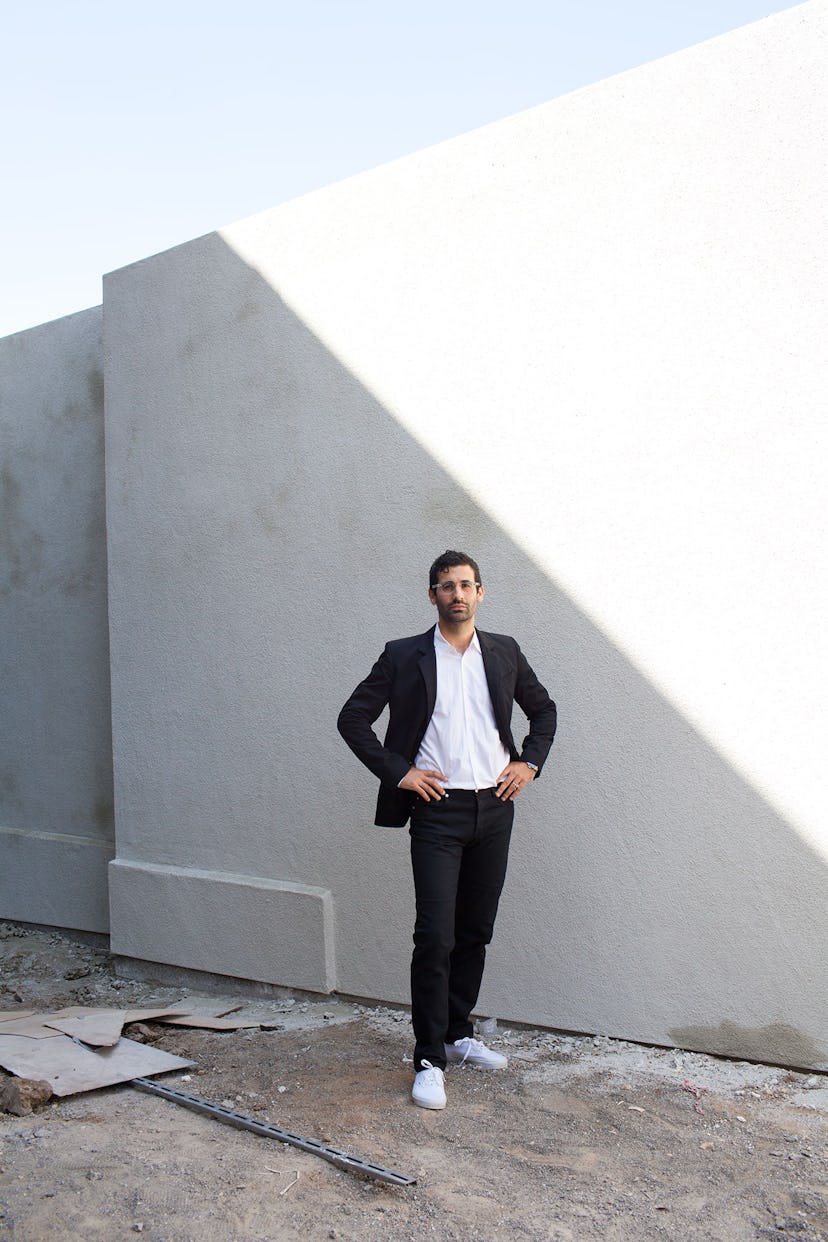Supersize It

David Kordansky’s moves through Los Angeles reflect the city’s rapid rise as an art capital. In 2003, Kordansky—a recent CalArts grad and an aspiring sculptor and performance artist—opened a small gallery in Chinatown. At that time, takeout options in the neighborhood far outnumbered art-viewing venues, and Kordansky’s lineup consisted of eight friends, four of whom he had met at school. When he migrated in 2008 to Culver City (now L.A.’s version of New York’s Chelsea—then a wide-open landscape where “space could actually be had,” Kordansky recalls), he was representing the likes of Thomas Houseago, Aaron Curry, and Elad Lassry. In September, Kordansky will be on the move again, to South La Brea Avenue. His 20,000-square-foot space, designed by the architect Kulapat Yantrasast, combines two existing buildings (including a martial arts studio that Kordansky says was once run by Jackie Chan) and is three times the size of his Culver City digs.
“In the beginning, it was important to show my friends, artists of my generation—in a sense, it was our own backyard,” Kordansky says. “Now the gallery has taken off and expanded. It was time to reinvest in my artists.” With a roster of rising stars (Kathryn Andrews), established names (Rashid Johnson, whose solo exhibition will be the first in the new space), and veterans who, in part thanks to Kordansky, are relevant again (the abstract painter Sam Gilliam), the gallery is designed to elegantly balance its program—and skirt any internal politics. “We didn’t want that hierarchy between a smaller project room and the main gallery,” Kordansky says of the space, which is divided into two rooms of equal size. “This way, the experience is totally democratized.”
Such a vast footprint marks the emergence of Kordansky as a real player on the L.A. scene— his was one of the youngest galleries invited to the main fair at Art Basel this June—and his arrival may well establish a burgeoning arts district that already includes Kayne Griffin Corcoran. The gallerist remains, however, very much the same guy who set up shop more than a decade ago in the former Chinatown community center: a little self-conscious and a little crunchy. “This is about my artists, who have become my family,” he says. A very well-to-do family, that is.